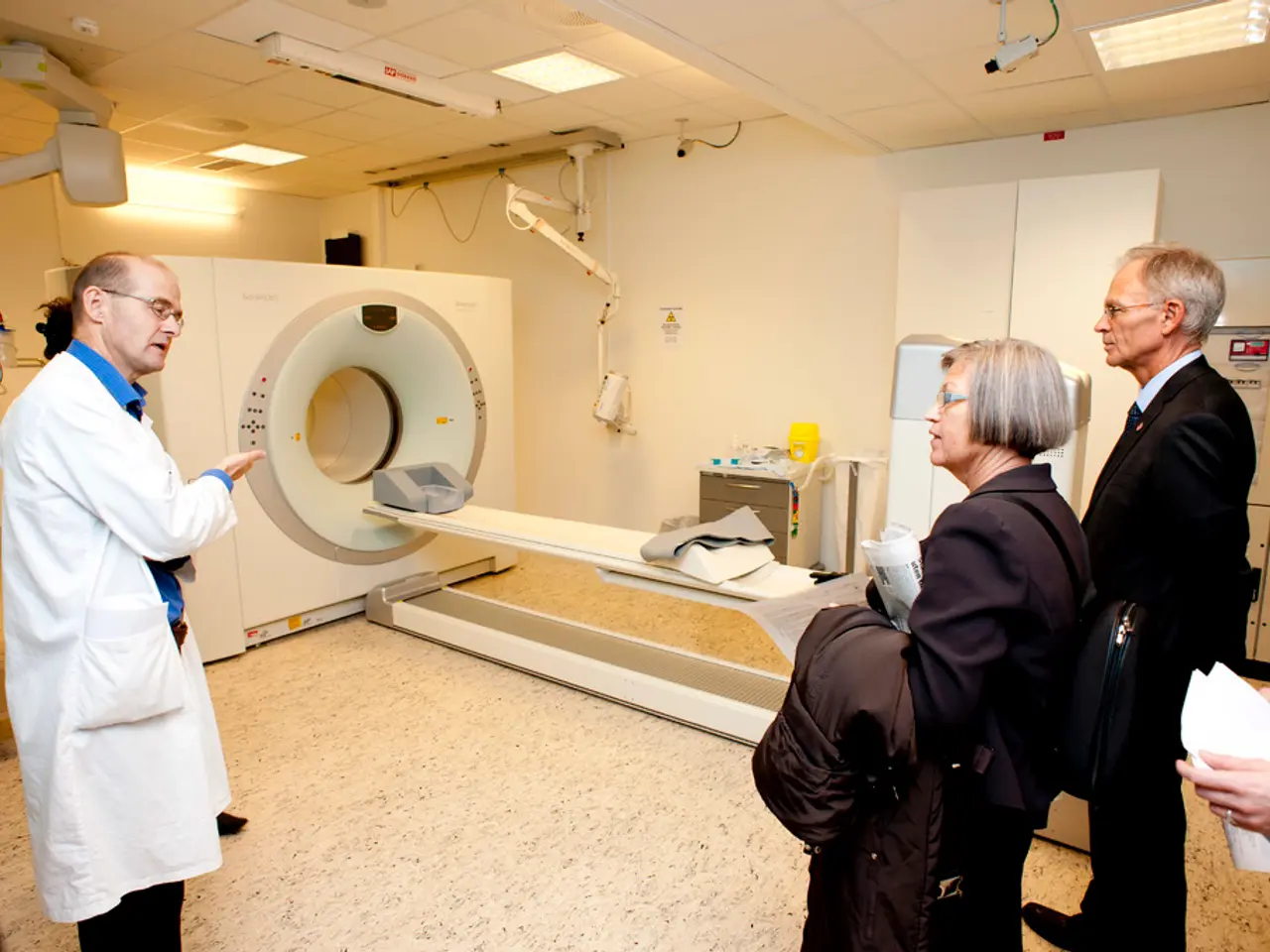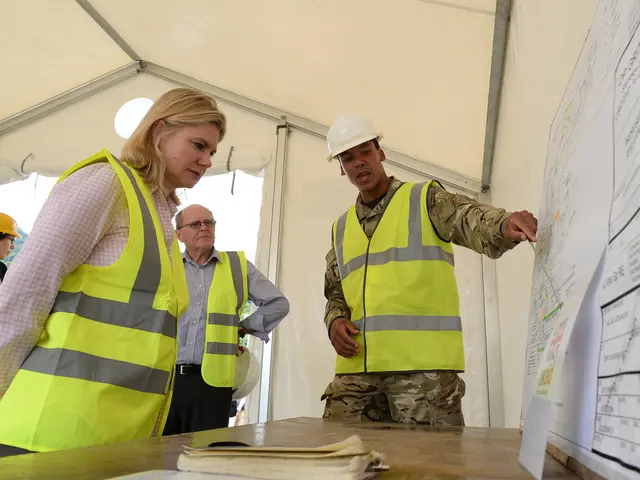Healthcare Professionals Facing Questions on Ethical Duty to Care for Covid-19 Patients
In the midst of the ongoing COVID-19 pandemic, a question lingers: why are healthcare workers (HCWs) continuing to put themselves at risk, despite the mounting challenges and dangers?
The duty to treat, a special obligation borne by physicians and HCWs, is a concept deeply ingrained in the medical profession. As stated in the AMA's 1847 Code of Ethics, when pestilence prevails, HCWs have a duty to face the danger and continue their labors for the alleviation of suffering, even at the jeopardy of their own lives.
However, this duty is not without its limitations. HCWs cannot be forced to treat individuals when doing so would threaten the health and safety of others, as ruled in Bragdon v. Abbott. Moreover, the shortage of Personal Protective Equipment (PPE) is a significant limitation to the professional obligation of HCWs.
The responsibility for ensuring adequate protective equipment for HCWs during the pandemic primarily lies with national health authorities and government institutions involved in public health and healthcare management in each country. In Germany, this includes institutions such as the Federal Institute for Public Health (BIÖG) and related health agencies, while in Switzerland, the Federal Office of Public Health (BAG) plays a key role managing medical supplies and insurance-covered products relevant to healthcare settings.
Despite these efforts, hospitals are still scrambling for protective gear. As of December 31st, 2020, more than 300,000 American HCWs have been infected with the coronavirus, and at least 1,100 have died from the virus. These numbers underscore the urgent need for adequate PPE and safe working conditions for HCWs.
To minimize the risks of HCWs caring for COVID-19 patients, sufficient PPE must be provided, hospitals must implement safe staffing ratios and offer hazard pay, and financial benefits must be ensured to the families of providers who perish. Under OSHA, employers have a responsibility to provide a safe workplace.
The circumstances facing HCWs have contributed to a rise in mental and physical illness, burnout, and moral distress among them. The AMA Code of Medical Ethics' Opinion on Physician Duty to Treat balances immediate benefits to individual patients with the ability to care for patients in the future. Positive duties require action, while negative duties forbid action. Nearly half of physicians reject a duty to treat during an infectious disease outbreak.
Vaccine distribution has faced hiccups, leading to debates of priority between colleagues. Governments have an interest in safeguarding the well-being of its citizens, as held by the Supreme Court in Jacobson v. Massachusetts. If governments and hospitals fail to secure adequate PPE, the contract between HCWs and society is breached.
The author wonders why HCWs are putting themselves and their loved ones at such risk during the pandemic. The answer lies in their dedication to their profession and their commitment to alleviating suffering, even in the face of adversity. However, it is crucial that governments and healthcare institutions provide the necessary support to ensure the safety and well-being of these essential workers.
Read also:
- Nightly sweat episodes linked to GERD: Crucial insights explained
- Antitussives: List of Examples, Functions, Adverse Reactions, and Additional Details
- Asthma Diagnosis: Exploring FeNO Tests and Related Treatments
- Unfortunate Financial Disarray for a Family from California After an Expensive Emergency Room Visit with Their Burned Infant








